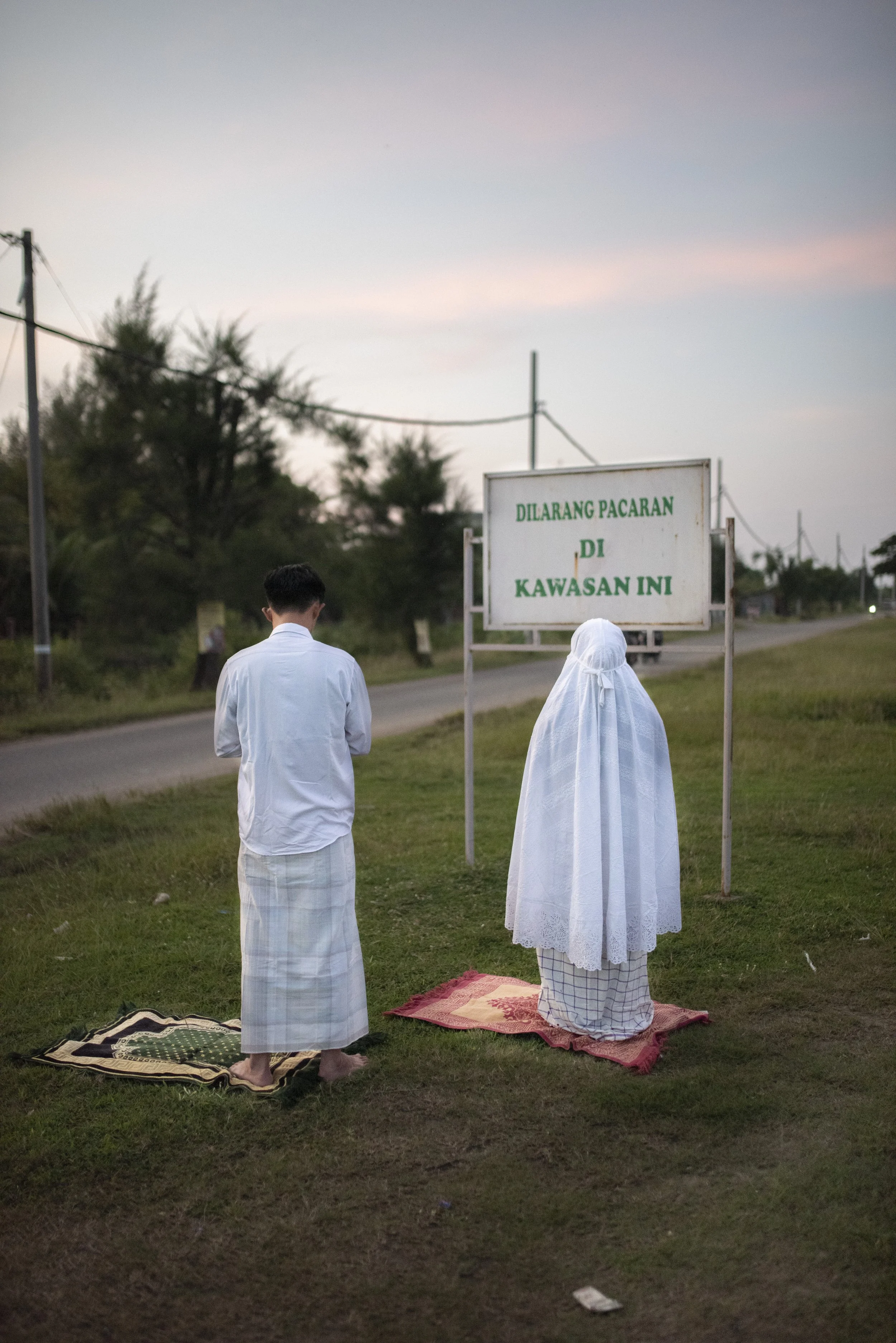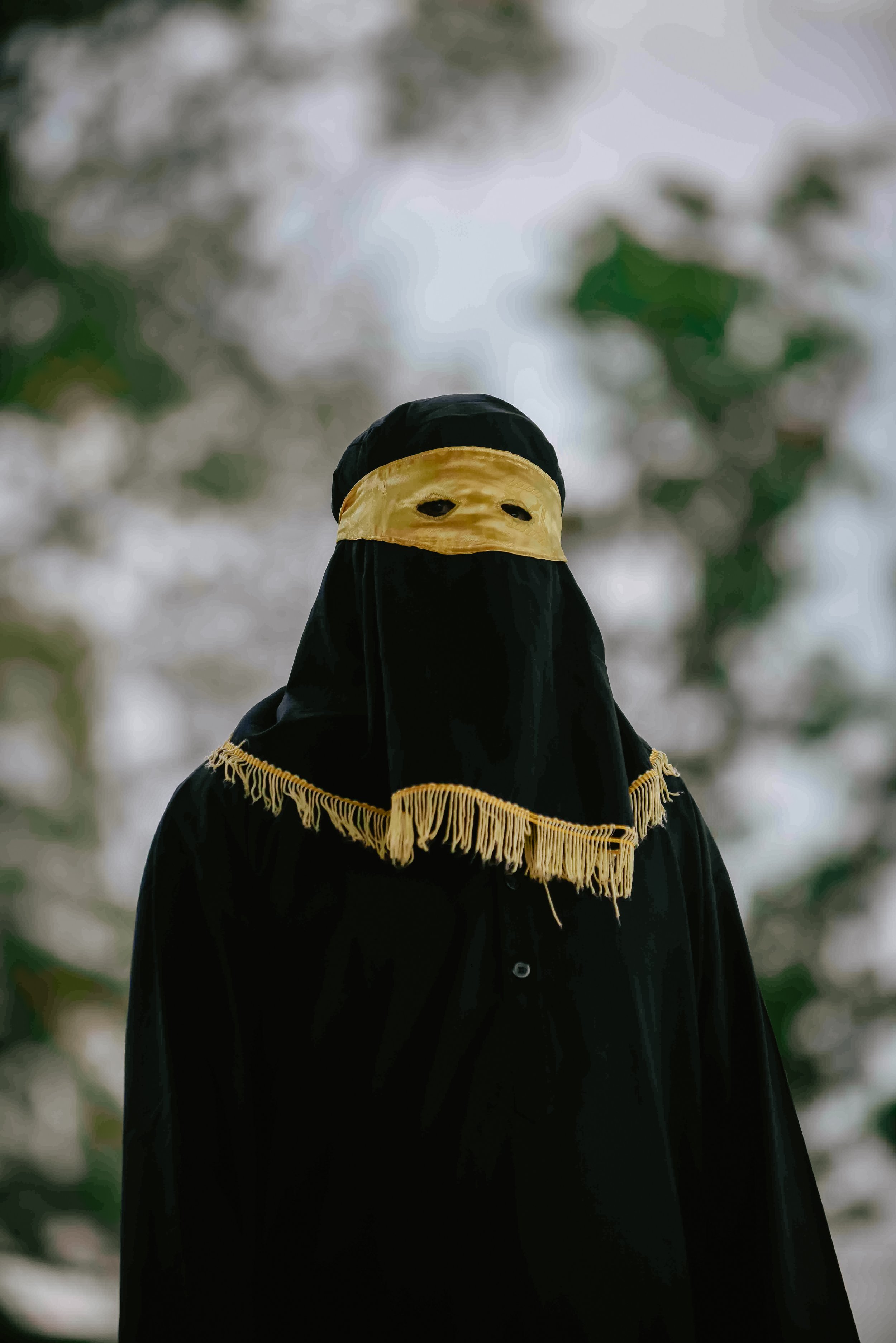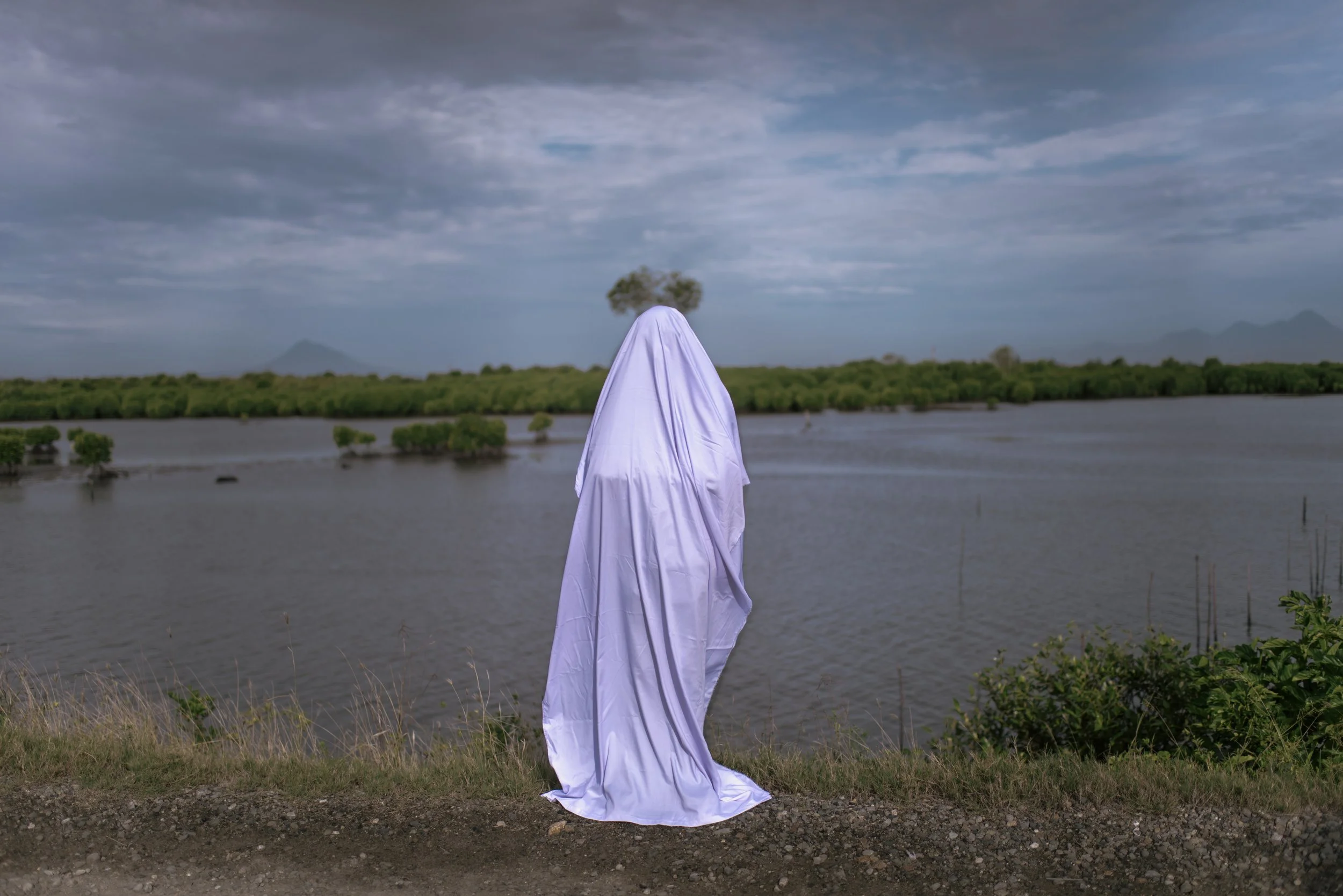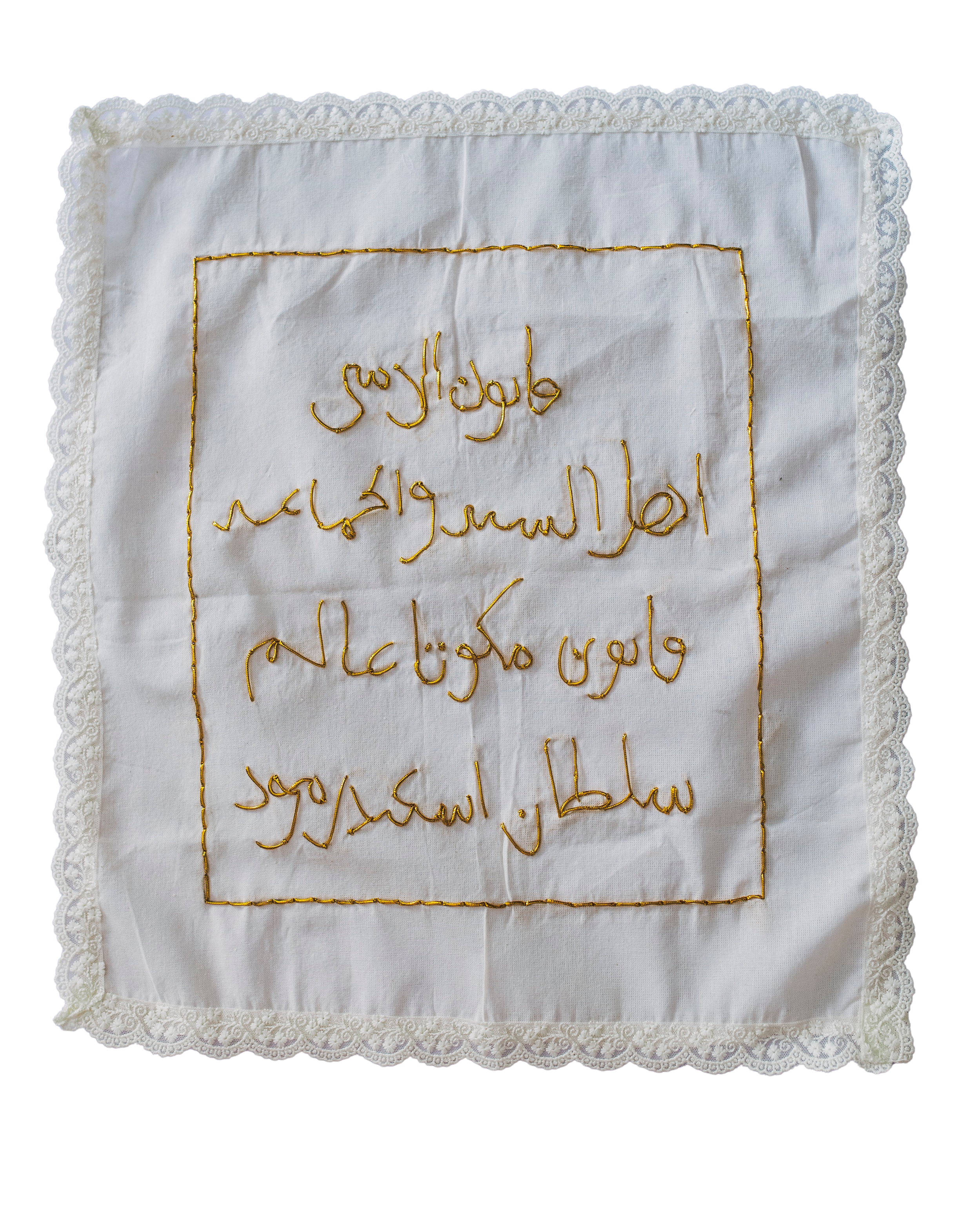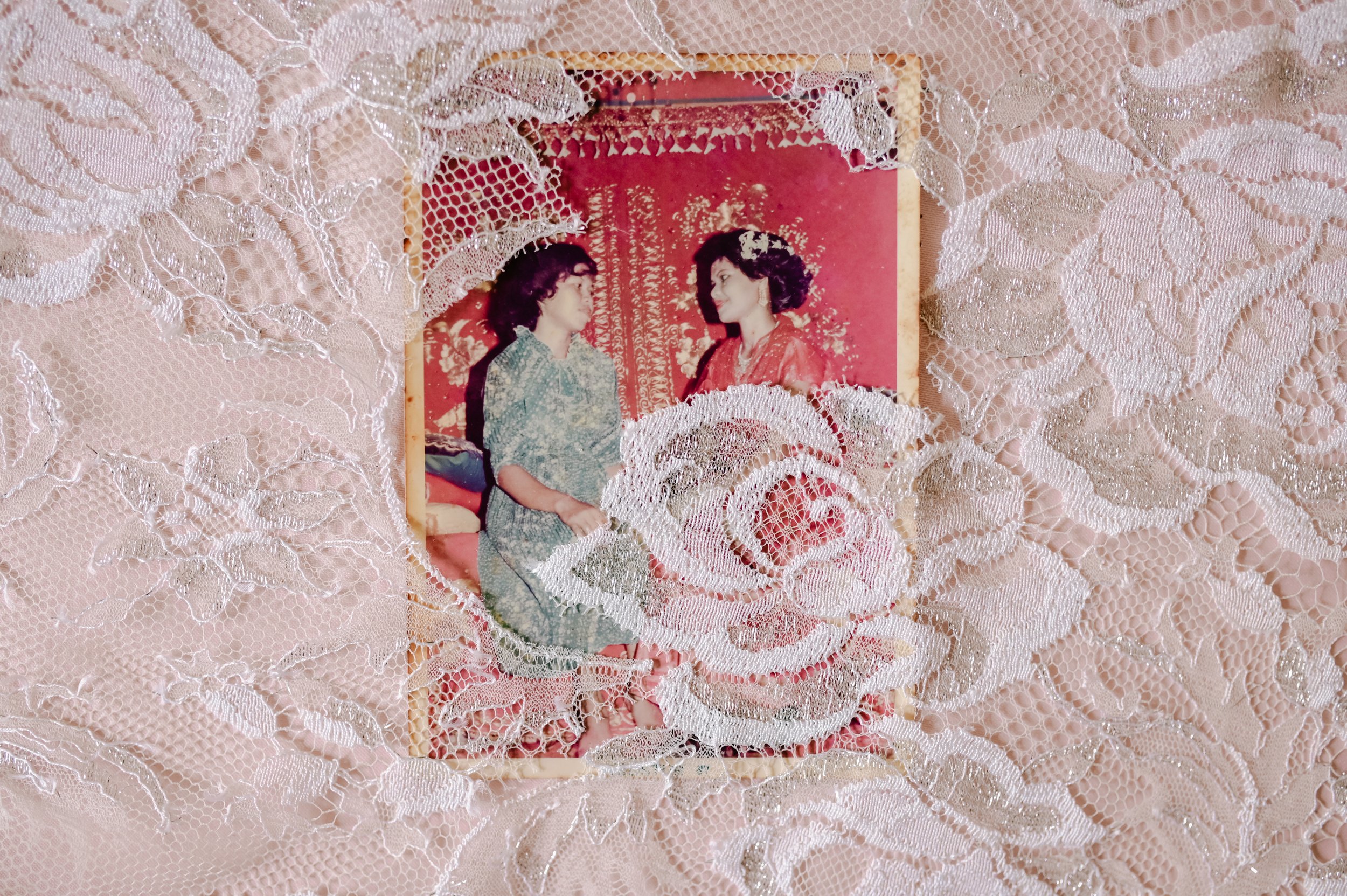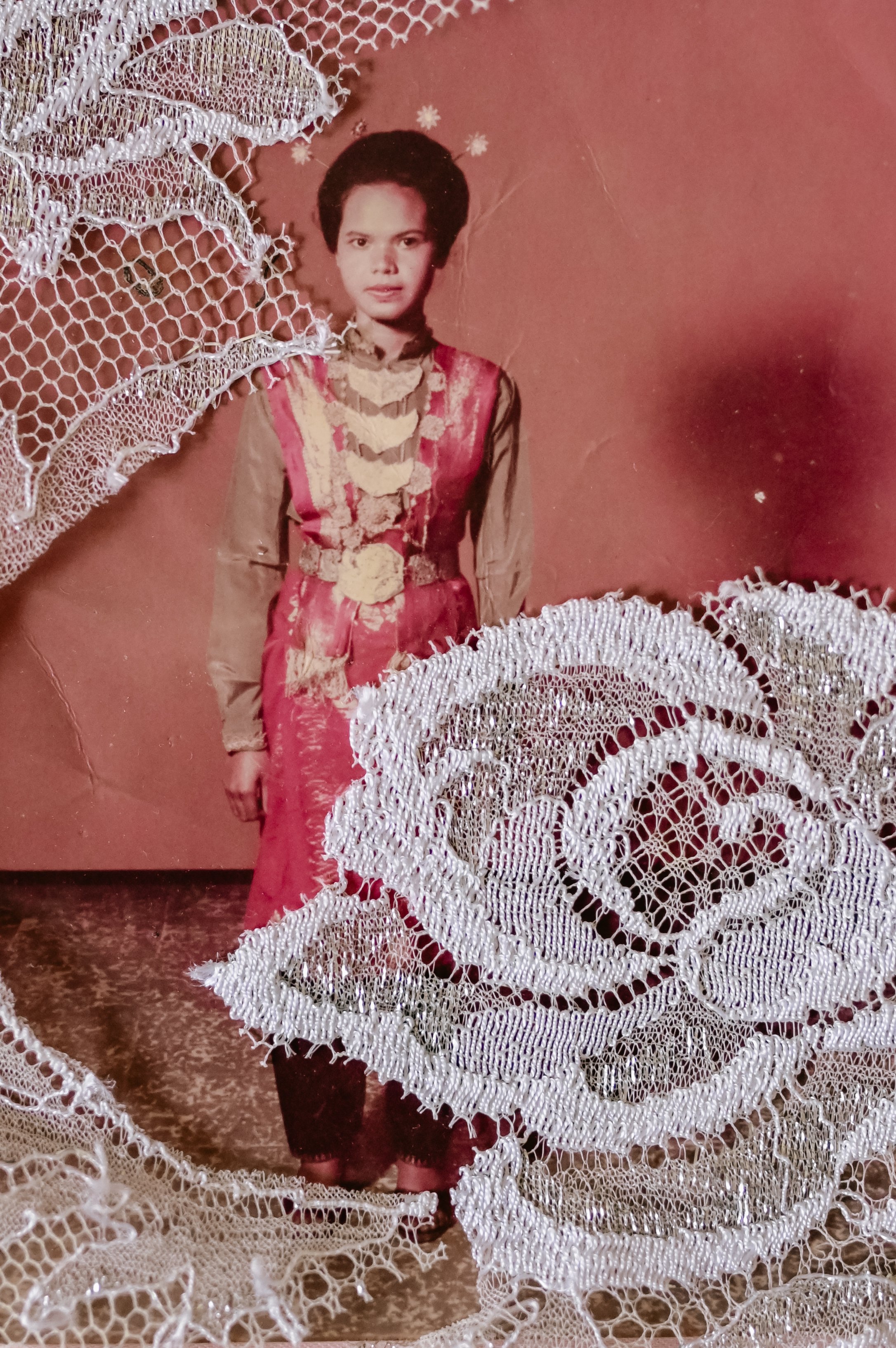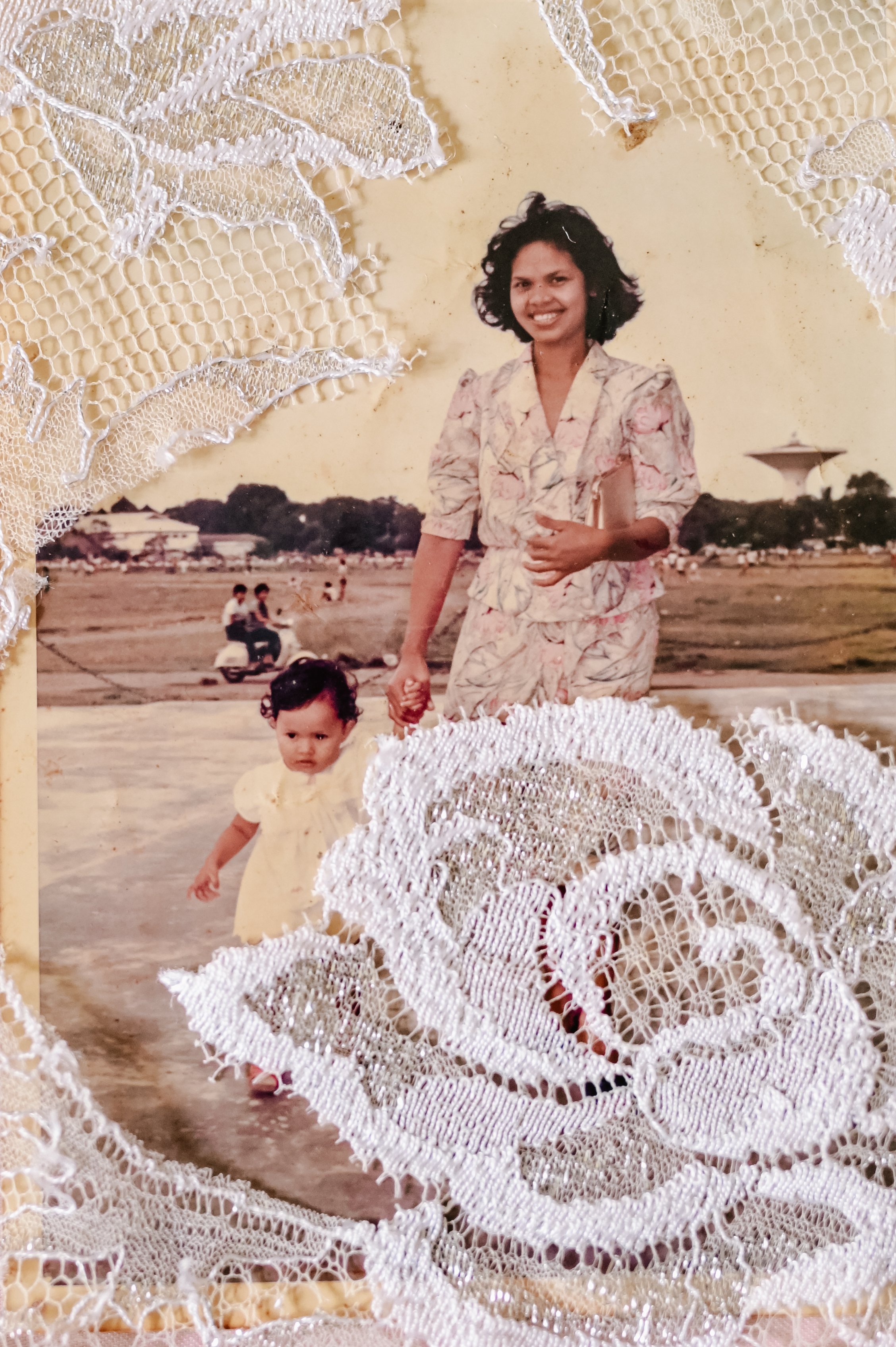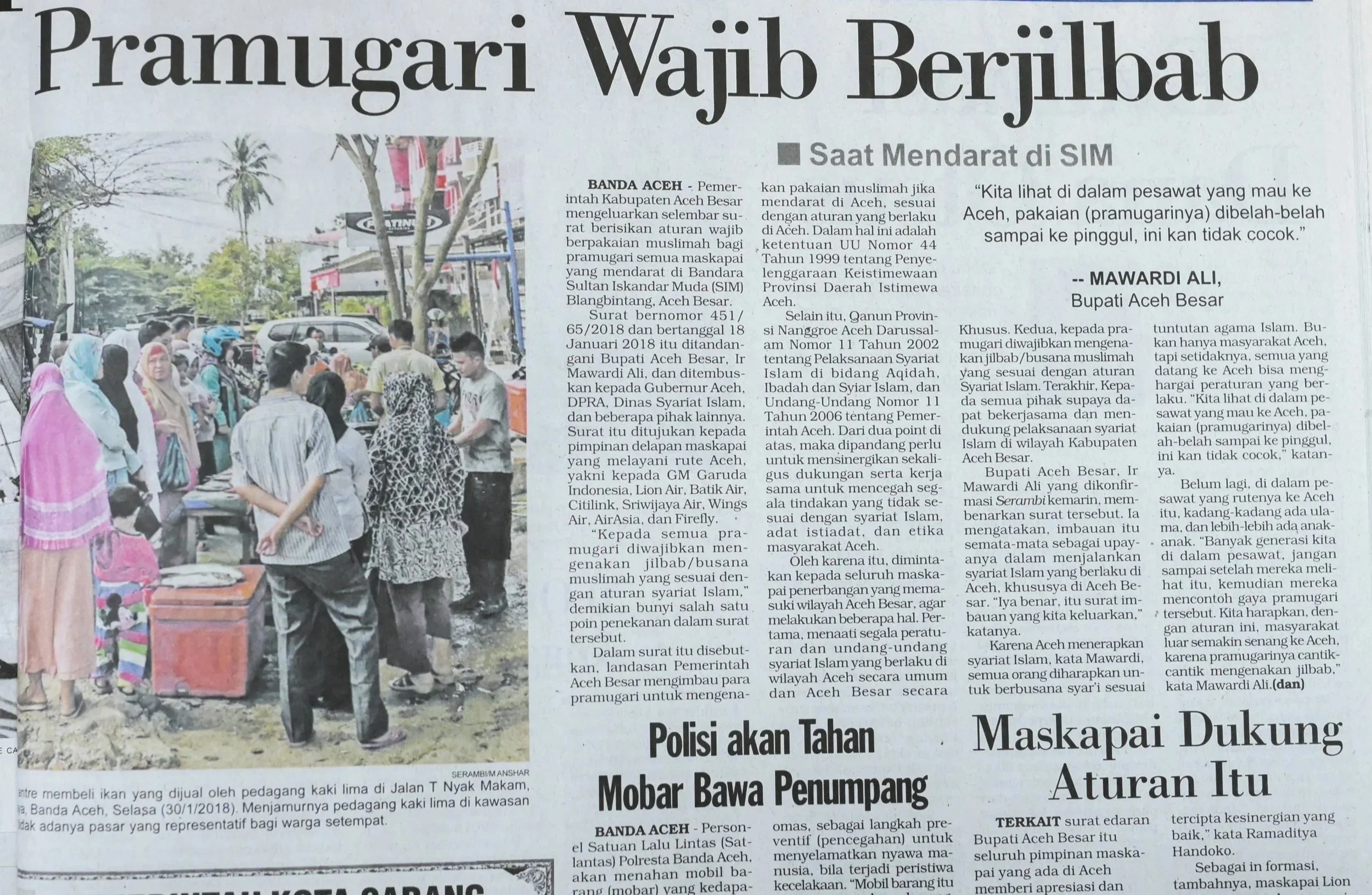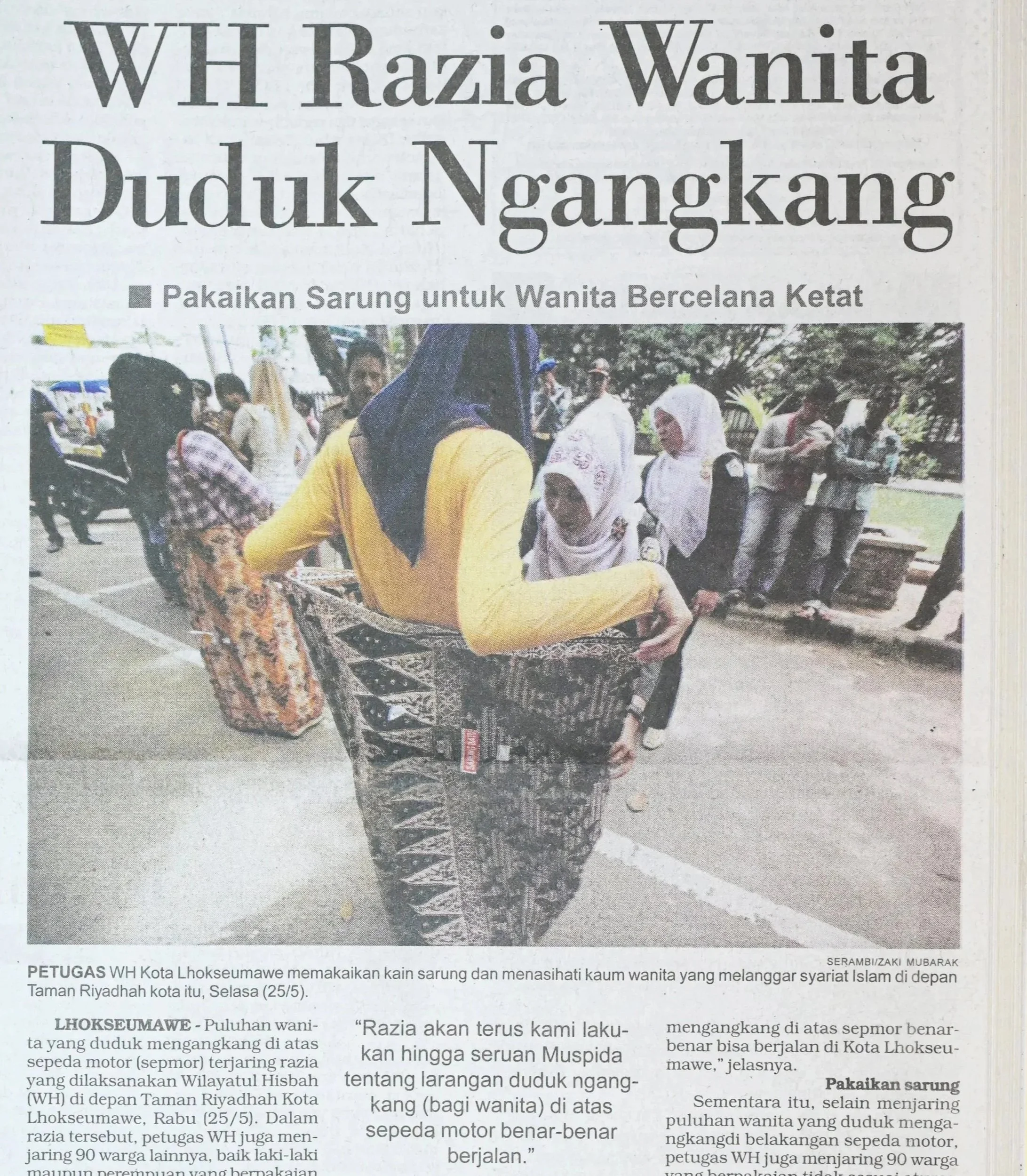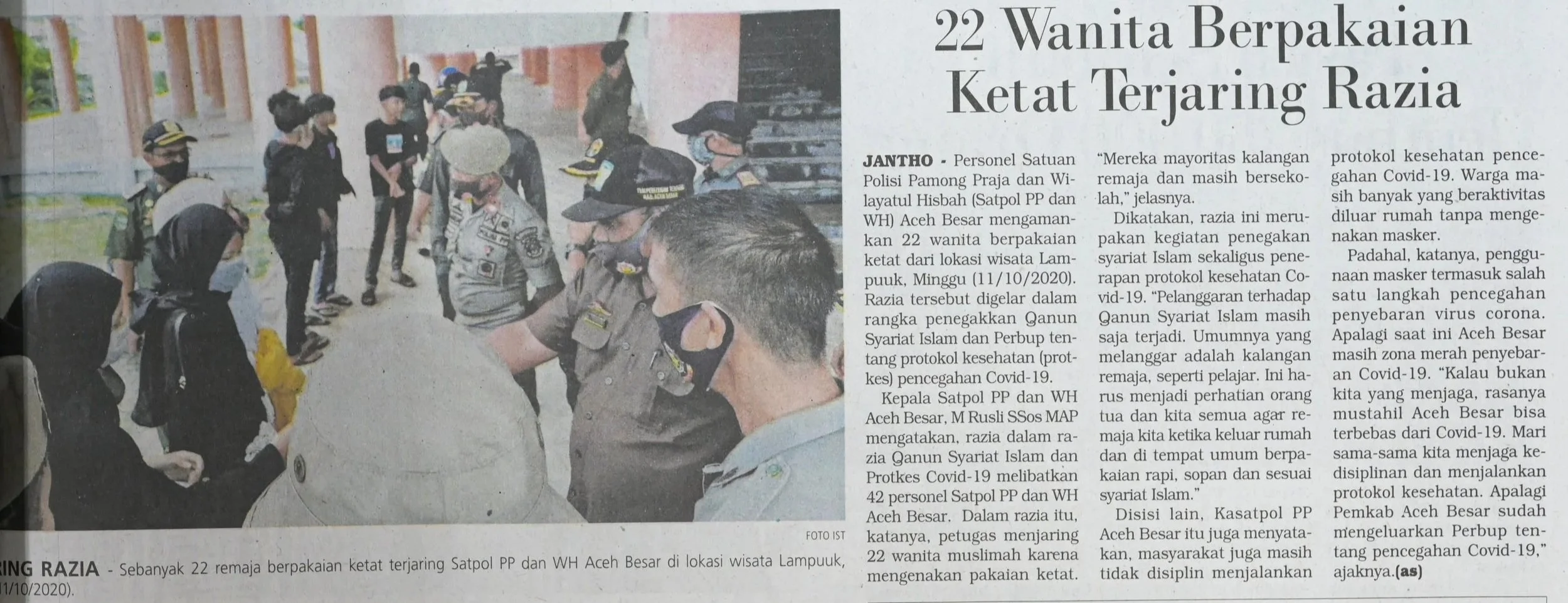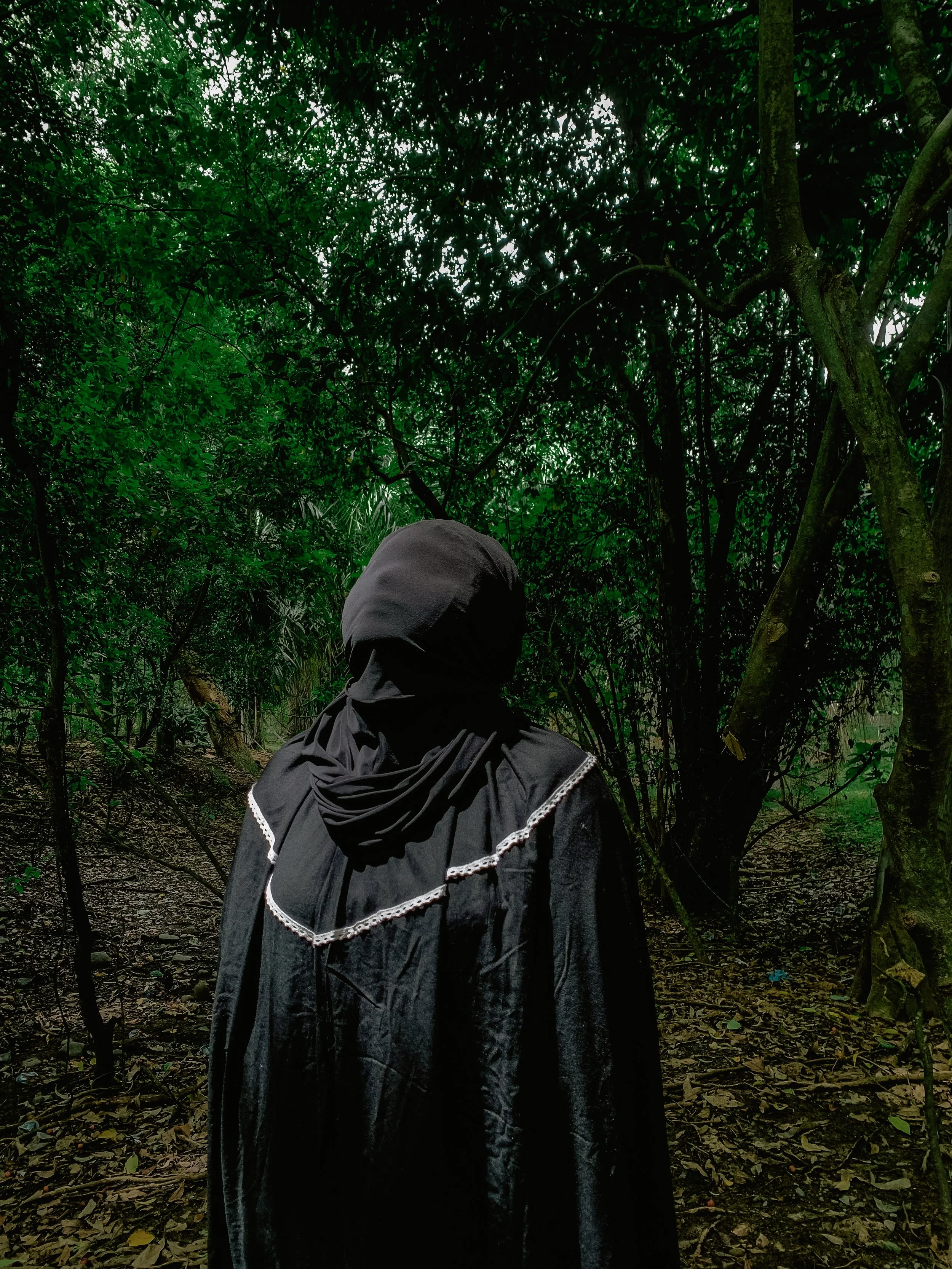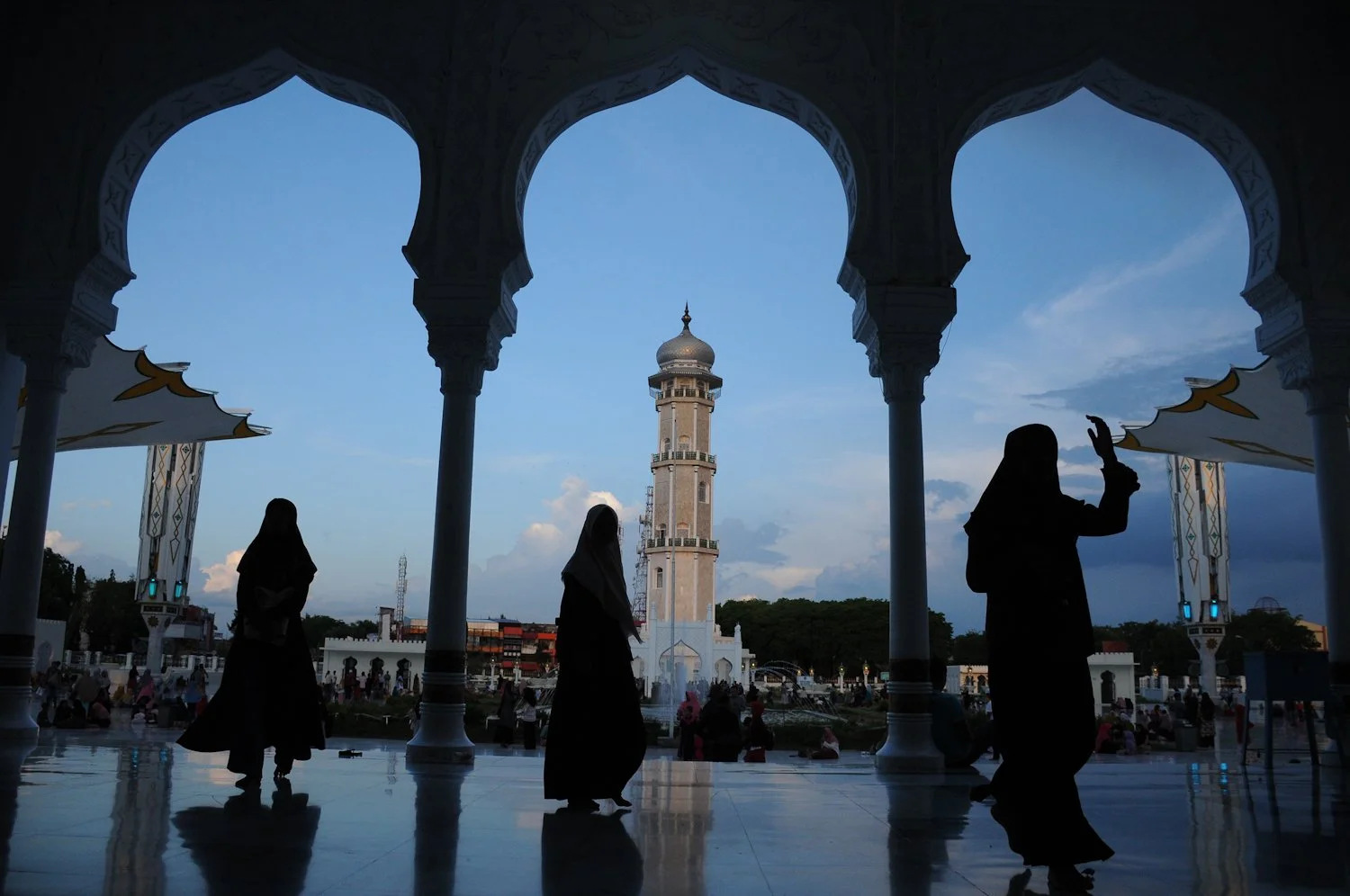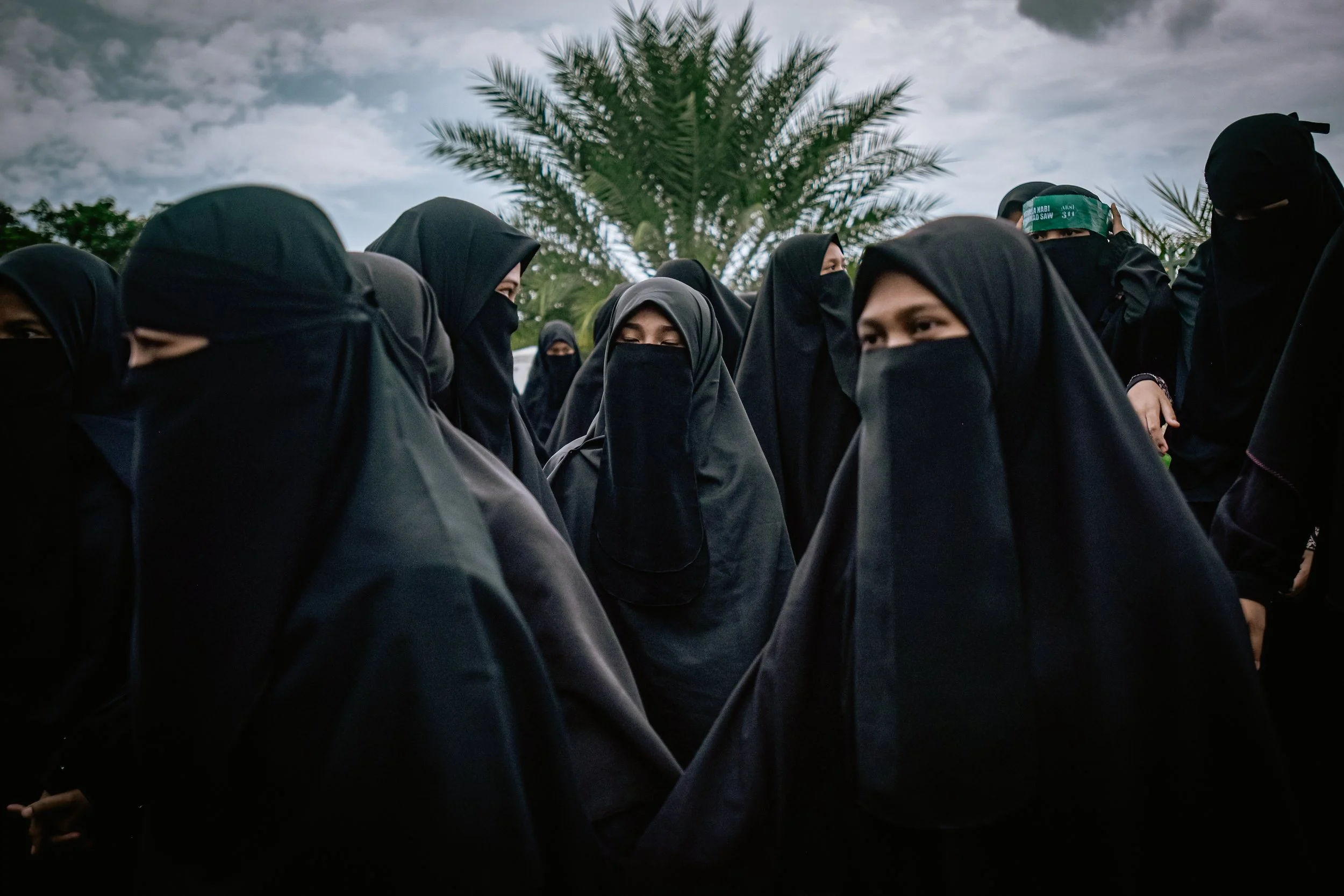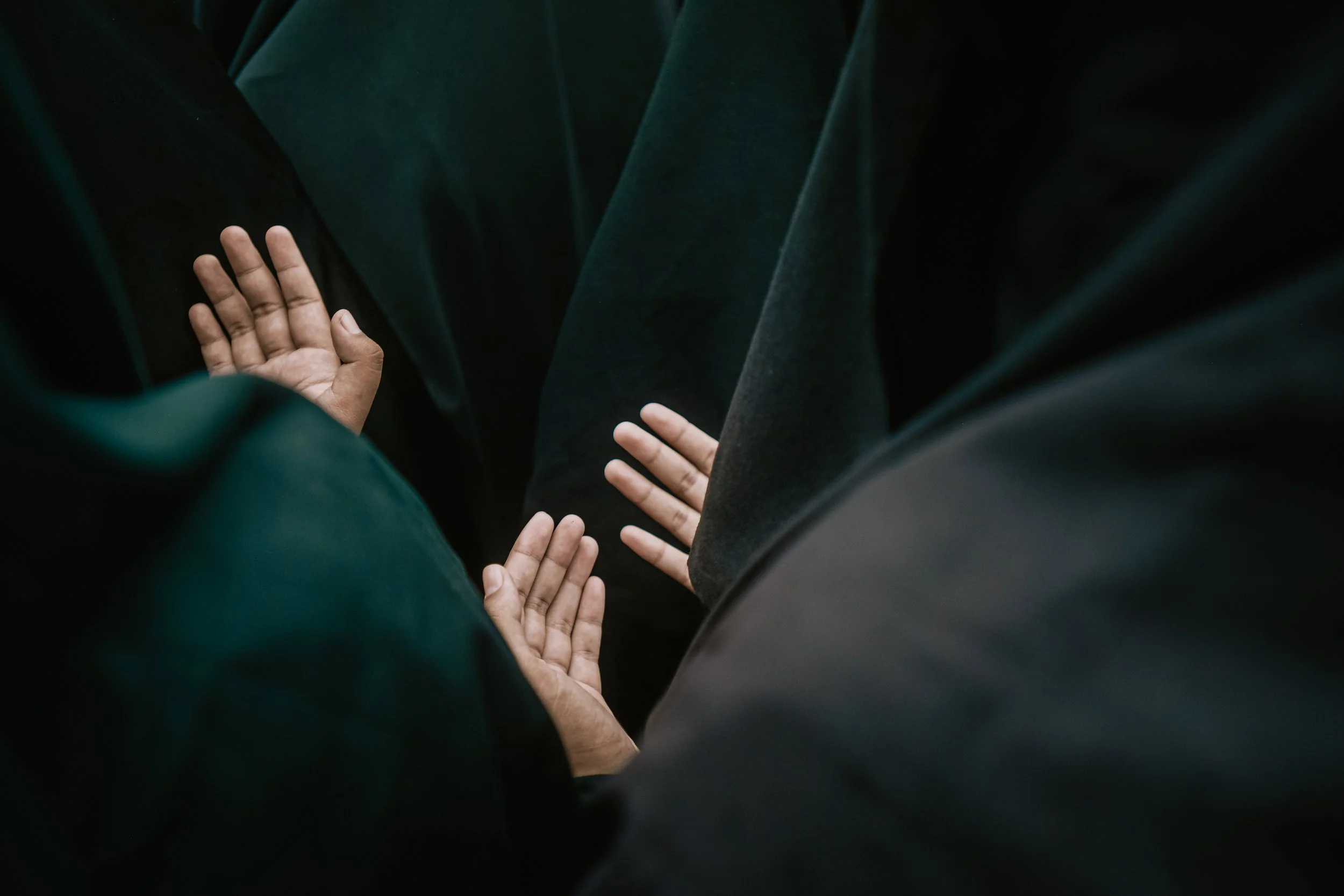As a young Acehnese woman, I live in a culture that is different from other regions in Indonesia, due to the strong influence of Islamic law. Regional regulations called Qanun are the legal basis. The hijab was then made mandatory in public spaces, such as offices and schools, and supervised by Wilayatul Hisbah. Although well-intentioned, this opened up a gap for powerful men to judge women unfairly. This photo series is a visual response to the challenges faced by women under Islamic law.
I started with an embroidery installation and reconstructed a family archive before Islamic law was legalized in 1999. My faceless portraits are presented as a critique of the elimination of space for women, who have now become passive symbols of Acehnese Islamic collectivity. This work raises issues of female representation, social control, and self-expression amidst strict cultural norms. I want to spark a dialogue about how Acehnese women see themselves and how they are seen by society.
This Qanun also provides a description and illustration of Aceh's social and cultural life at that time, including the use of head coverings for women. The Iskandar Muda Sultanate was an important period in the history of Aceh, known for the strong implementation of Islamic law. As a form of expression from past research studies, I created an embroidery installation depicting the cover of Qanun Al Asyi.
I created an embroidery installation featuring the seal of the Sultan of Aceh. The embroidery includes the name of the reigning king and eight kings who have ruled the Aceh Kingdom. The ruby-colored thread embroidery highlights the only queen who has ever ruled Aceh. This installation is my response to research studies on women's leadership in Aceh in the past, which is often debated in the context of Islamic law in the modern era.


